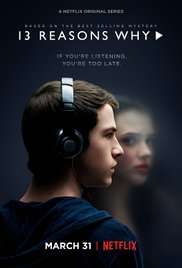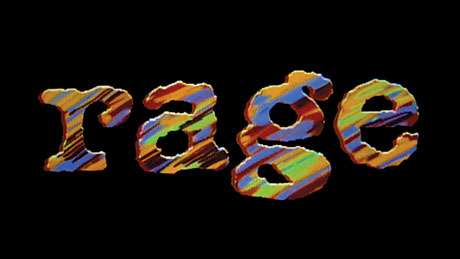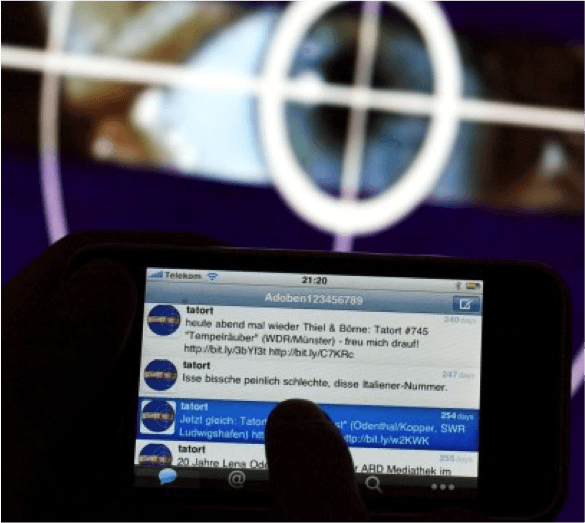
The end of my university career approaches as a result of my (reluctant) acceptance of voluntary redundancy. I will finish in November 2017 after 25 years of teaching media at the University of Waikato. There is a bigger picture; by leaving in November, my colleagues will not have to go through a demeaning process of re-applying for their jobs. But they will also be hard pressed to cover all our courses and satisfy student demands.









